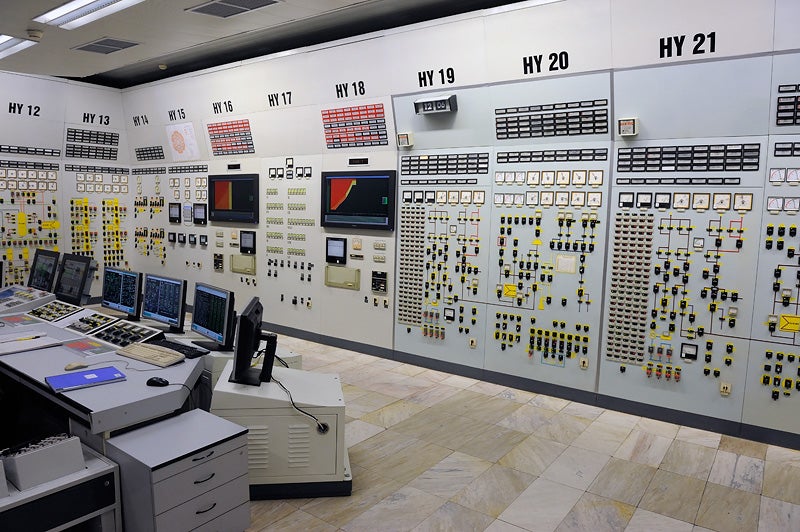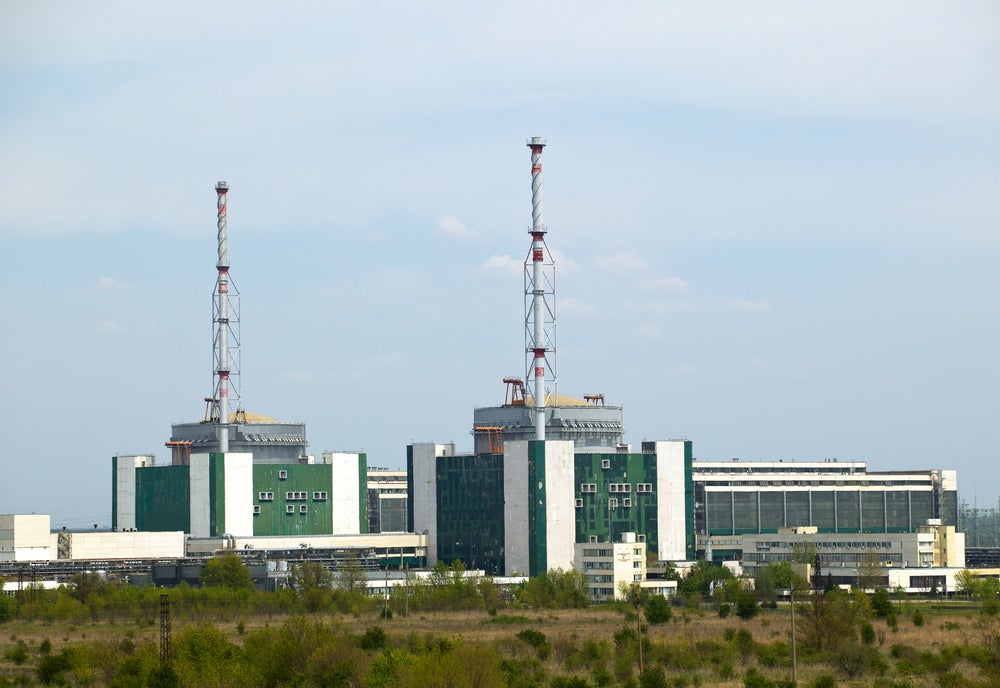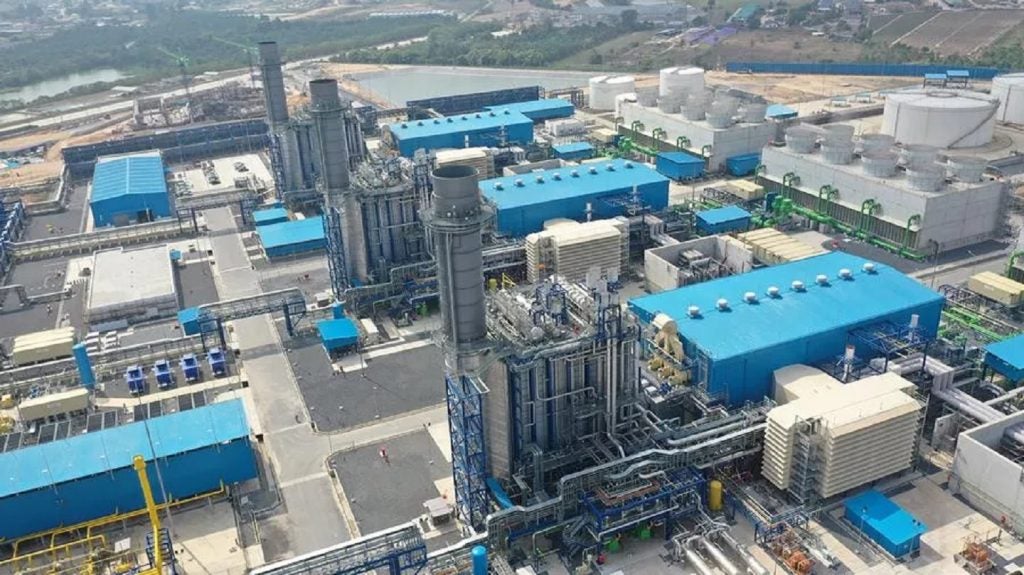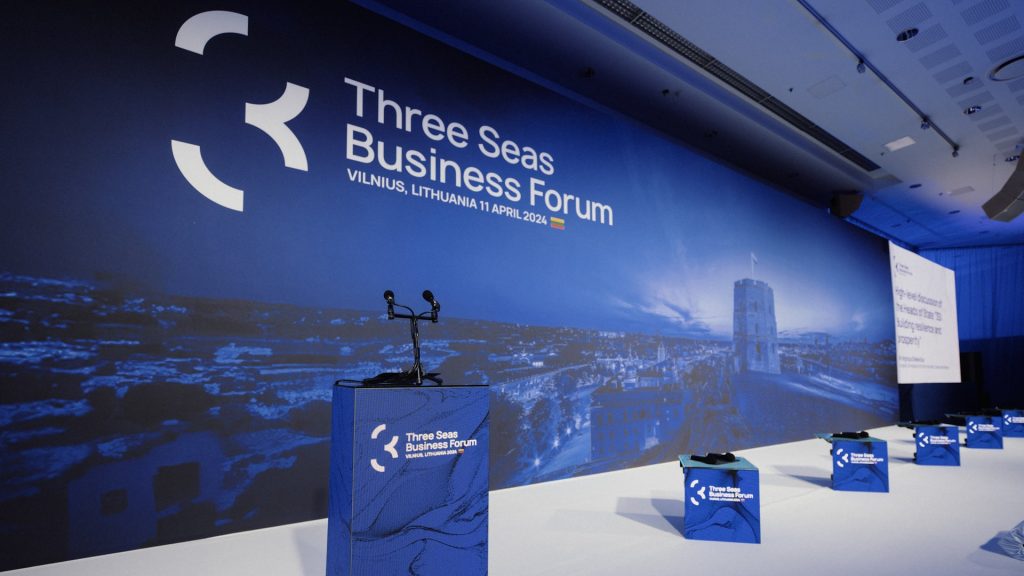
Small modular reactors (SMR) have been gaining popularity for their flexibility and affordable power generation for a wide range of applications, including the ability to work in conjunction with other clean energy methods.
Recent interest has been majorly driven by an urge to reduce total capital costs associated with nuclear power plants.
A 2016 study by the Nuclear Energy Agency, ‘Small Modular Reactors: Nuclear Energy Market Potential for Near-term Deployment’, has found that in a high-case scenario, up to 21GW of SMRs could be added globally by 2035, making up approximately 3% of total installed nuclear capacity.
In addition to this, the UK Government’s newly introduced 10-point plan to achieve net-zero emissions by 2050 touched upon the importance of nuclear, pledging to allocate $700m towards new plants, including SMRs.
While not yet widely used, SMRs promise a significant impact on energy generation, with their potential yet to be fully explored.
How well do you really know your competitors?
Access the most comprehensive Company Profiles on the market, powered by GlobalData. Save hours of research. Gain competitive edge.

Thank you!
Your download email will arrive shortly
Not ready to buy yet? Download a free sample
We are confident about the unique quality of our Company Profiles. However, we want you to make the most beneficial decision for your business, so we offer a free sample that you can download by submitting the below form
By GlobalDataAt the 2020 International Atomic Energy Agency (IAEA) Scientific Forum in September, Jeffrey Griffin, of the nuclear science and technology organisation Canadian Nuclear Laboratories, discussed the importance of raising awareness of the small-scale and direct approach to nuclear power and SMRs’ potential to work as standalone power sources, separate from power grids.
He said: “As we go forward with SMRs, we all realise that we have to bring our stakeholders along with us, we must strive to build confidence in our neighbours and in our communities that host these SMRs, to financial supporters, [as well as] the political and regional stakeholders.”
Strengths of small modular nuclear reactors
SMRs are advanced reactors with a power output of no more than 300MW. While nuclear power was thought to be only suitable for electrical generation in countries with small electric grids, this became only part of the equation.
An IAEA spokesperson says: “SMRs could play a key role in mitigating climate change, not only due to their ability to decarbonise electric grids, owing to the quick scalability and deployment of additional modules as needed, but also because of their potential utility for non-electric applications such as seawater desalination and heat and hydrogen production, processes that have up to this point been driven primarily by fossil fuels.”
They can be deployed as either single units or in a multi-module plant and they are well suited for integration in hybrid systems, together with variable renewable energy sources and other sources of clean energy.
SMR projects should easily attract investment as they are designed to be built in factories and shipped to utilities for installation as demand arises, which enables the centralised fabrication of major components and the standardisation of both components and design, contributing to significant economies of mass production.
Russia’s floating SMR for water desalination
Successfully deployed in 2019, the floating SMR nuclear power plant Akademik Lomonosov provides heat to residents in the Chaun-Bilibino region of Russia as well as powering water desalination.
The unique nuclear plant, which generates up to 50Gcal of heat per hour can desalinate up to 240,000 cubic metres of fresh drinking water every day, according to its developer – state-owned atomic energy corporation Rosatom.
Despite opponents raising concerns over safety and the possibility of nuclear waste pollution in the Arctic region, Akademik Lomonosov has been operating successfully. Rosatom is currently working on the second-generation design-optimised floating power units, which will be built in a series and become available for export.
Future plants could be connected directly to desalination plants, making it possible for future island states to benefit from the production of fresh water.
According to the IAEA, nuclear desalination is a viable option to meet the growing demand for fresh water, especially in remote regions.
With this project, Russia has joined the list of countries, along with Saudi Arabia, Argentina, China, South Korea, and Egypt, that have constructed nuclear powered desalination plants.
Finland’s SMR district heating project
In February 2020, state-owned company VTT Technical Research Centre in Finland announced the launch of a project to develop a small modular reactor for district heating, as the country is planning to phase out its use of coal in energy production by 2029.
VTT has said that it will rely on in-house calculation tools to develop the SMR and model the reactor core. The company will also apply high-fidelity numerical simulation methods, supported by the advances in high-performance parallel computing.
The model for this case study, conducted in Helsinki, consists of future annual energy use in district heating at 8TWh, electricity at 12TWh, and 4TWh of hydrogen for transport fuels. The selected reactor models for consideration include the HTR-PM pebble-bed reactor, currently being constructed in China, and Terrestrial Energy’s Integral Molten Salt Reactor, developed in Canada.
VTT has recently been involved in projects for research and deployment of SMRs and it coordinated the European Licensing of Small Modular Reactors project in 2019; it also led one of the work packages of the European Research and Innovation project McSAFE in 2017.
Rolls-Royce to power UK with SMRs
In February, Rolls-Royce, as part of a localised, private joint venture, revealed plans to install and operate SMRs built in the UK by 2029.
Rolls-Royce is leading a consortium for the UK SMR project, which also involves Assystem, Atkins, BAM Nuttall, Laing O’Rourke, National Nuclear Laboratory, Nuclear AMRC, Wood, and The Welding Institute.
While the SMR designs are much smaller than traditional nuclear reactors, they are expected to produce about 450MWe, compared with 600MWe at each of the two reactors at the Dungeness B plant in Kent, England.
The consortium is aiming to roll out 10-15 SMRs while planning for an export market, which is estimated at $328bn according to the company.
Along with investments from the consortium members, and £18m signed off in November 2019 from the UK Government, private equities have also expressed interest.
With Britain’s eight large-scale nuclear power plants approaching the end of their collective lifespan, and most due to be decommissioned after 2030, Rolls-Royce joins the ambition to help shrink the UK’s energy footprint and increase the safety of nuclear power.
Canada to power mines with SMRs
Canadian Nuclear Laboratories has recently dedicated a team to pursue the development of SMRs. At the heart of Canada’s venture is the idea to incorporate SMRs into the mining industry.
The company introduced the idea of modular reactors as a clean energy solution for the mining industry during the Prospectors & Developers Association of Canada 2019 convention in Toronto. As industrial mining sites in remote locations usually rely on diesel, the modular approach to construction, deployment, and decommissioning of SMR technologies could provide an emission-free alternative for the mining and resource extraction sector.
Small modular nuclear technologies are also thought to provide economic advantages to Canada in addition to environmental benefits. For example, ‘Canada’s SMR Roadmap’ report, which included input from stakeholders and industries from across Canada, indicates that SMRs could offer significant cost savings compared to diesel generation, particularly for remote industrial operations.
As 40% of a mine’s energy usage is related to heating and ventilation, the application of SMRs can make a difference by providing the electricity needed to power equipment and vehicles, reduce ventilation requirements, and deliver passive local area heating to the mine operations.
“There are many possible applications that go beyond the simple energy production. The important thing is to recognise that nuclear energy offers a powerful flexible solution to the challenge of reducing greenhouse gas emissions to net-zero,” Griffin said.







